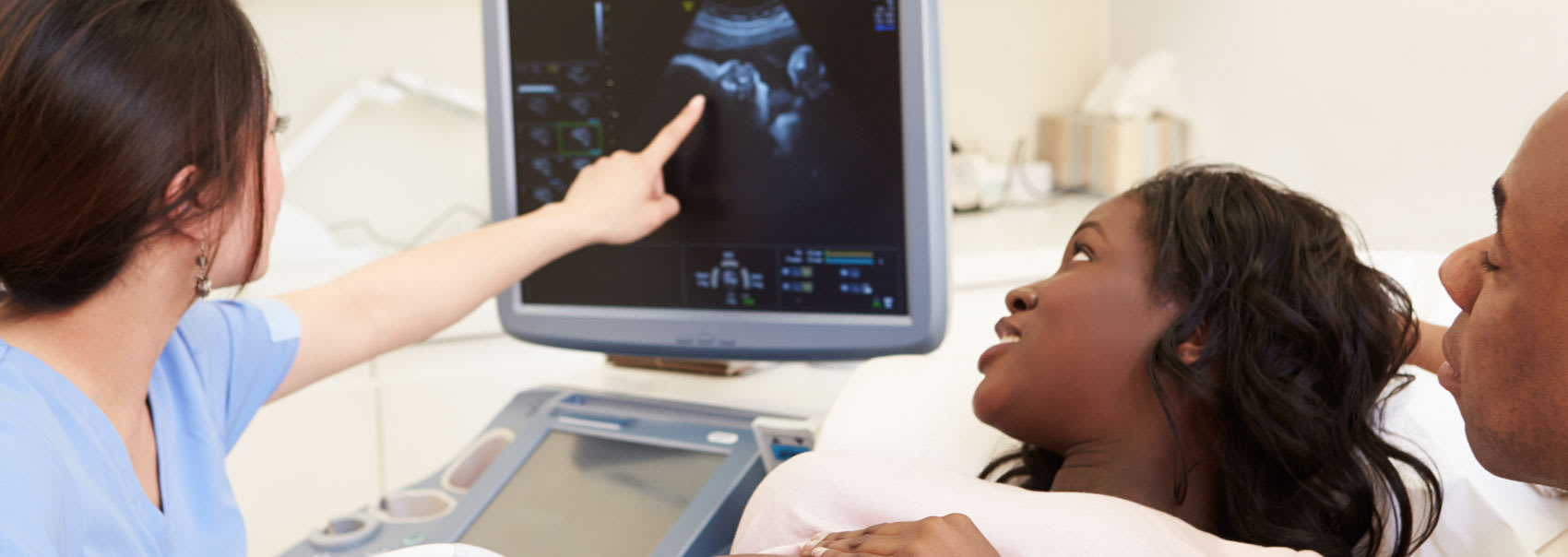Our expert radiology team in Ottawa uses soft tissue ultrasounds to help evaluate the cause of fluid collection, trauma, or tears in the soft tissue.

A soft tissue ultrasound is a non-invasive procedure used to look at and assess the soft tissues around joints, tendons, and muscles. It employs a transducer that emits ultrasound waves at an inaudible frequency. These are converted into images of the tissues.
Soft tissue ultrasounds can help evaluate for fluid collections, trauma, tumour and tears in the soft tissue. They can also be done to evaluate for baker cysts, lumps felt in the skin or lumps felt after trauma or surgery.
A Doppler ultrasound may also be part of your soft tissue ultrasound, which is a special technique used to check soft tissues for inflammation.
The patient is either seated in a chair or lying on a bed. A clear gel is applied to the area being examined. It may be necessary to wear a gown or take a particular position to assess the area of concern.
The sonographer uses the transducer to assess and capture images of the region of interest.
Following a soft tissue ultrasound, no special care is required. Unless your doctor tells you otherwise, you can resume your regular diet and activities.
Here is what you can expect during each phase of the soft tissue ultrasound process, along with details on what to bring with you to your appointment at our clinic in Orléans, Ottawa.
Please wear loose-fitting, comfortable clothing to your appointment and preferably no jewelry as you may need to remove jewelry and clothing in the area to be examined.
You may also be asked to wear a gown for the procedure.
You will be given specific information on how to prepare when the exam is scheduled.
A trained professional (a sonographer or radiologist) applies a special gel to the area of concern. The gel works with the transducer to improve image quality.
The transducer is gently pressed against the area and moved back and forth. The device transmits data to a computer. The computer generates images that depict the soft tissue structures.
A soft tissue ultrasound exam usually lasts about 30 minutes.
The gel will be removed from your skin after the exam, but any gel that remains will dry quickly and will not discolour or stain clothing. After a soft tissue ultrasound, you should be able to resume your normal activities.
A radiologist will evaluate and interpret the images. The radiologist will sign the report and send it to the doctor who requested the exam. The results will then be discussed with you by your doctor. The radiologist may discuss the results with you after the exam in some cases.
A follow-up exam may be required to further evaluate a potential problem with additional views or a specialized imaging technique. It may also check to see if a problem has changed over time. Follow-up exams are frequently the best way to determine whether treatment is effective or whether a problem needs to be addressed.
Read the answers to our most frequently asked questions about soft tissue ultrasounds at Premier Imaging.
A soft tissue ultrasound might be requested for a variety of reasons. If you suffer an injury, a soft tissue ultrasound might be needed to assess the extent of the damage to your muscles and/or tendons, for example.
A soft tissue ultrasound might be needed to evaluate a baker cyst (fluid collections behind or around the knee) or to evaluate the contents of a superficial lump found somewhere on your body.
The benefits of an abdominal ultrasound include:
A superficial lump on your body is usually a good indicator that you should book an appointment with your doctor. Depending on his analysis, he may request you get a soft tissue ultrasound.
Injuries, such as to the knee or neck, may also require a soft tissue ultrasound. This can include pain or stiffness being felt in these areas.
If your doctor or other members of your healthcare team use a soft tissue ultrasound to diagnose your problem, they may prescribe medication or other treatments based on the condition causing your symptoms.
Sound waves don't travel well through air or bone, so soft tissue ultrasound isn't effective at imaging body parts that are hidden by bone. Further, a soft tissue ultrasound may not be able to see what's happening very deep in the body.

We'll collaborate with your healthcare team to create a streamlined imaging and diagnostics process. Find out how we can help.